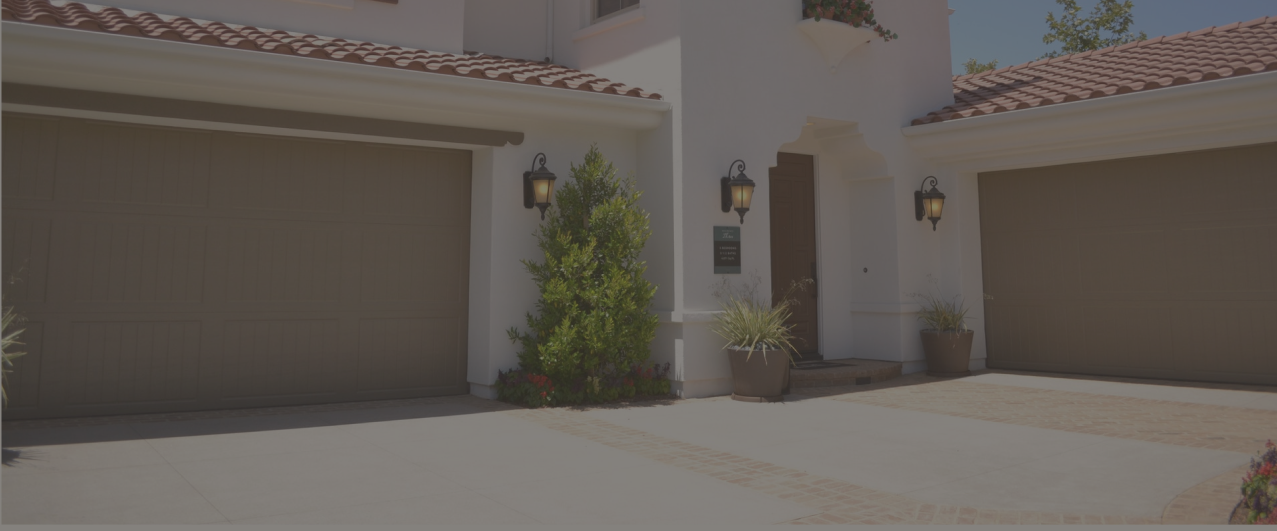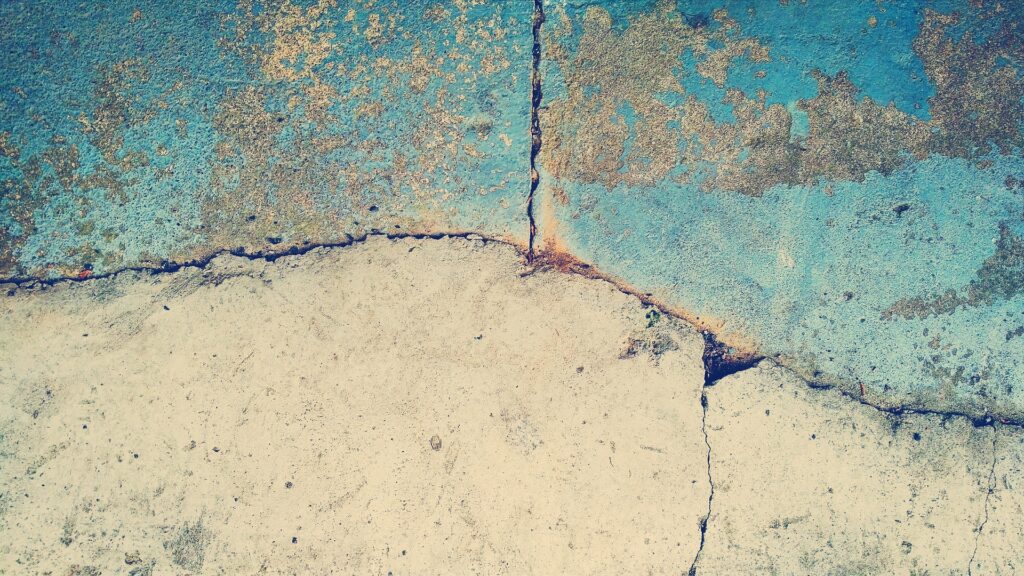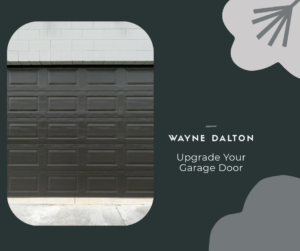What Are the Cracks in Your Garage Floor and What Do they Mean?
Even with the perfect garage floor you’ll end up with a garage floor that is cracked and needs repairs. The floor will move and the most important will be felt on the floor unless the garage has no basements and no deeper foundation as it would normally occur. Garage floor cracked can be easily fixed. When it comes to researching an estimate, you’ll need some guidance and understanding of how the estimate works. Concrete cracks garage floor can occur over time for several reasons and the garage door may not sit flush with the sill after if the garage floor crack repairs are not substantial. Concrete garage floor can be found in most homes and repair cracks in garage can form from expansive soils, concrete shrinks over time, curing process, and settlement cracks in garage floors.
Cold joints look like cracks but are OK
Often people mistake cold joints with concrete that has cracks. The contractor intentionally installs cold joints in the concrete during construction. The cold joint usually consists of poured concrete then after hardening the concrete is put next in the cold joints. Often people mistake the joints for the controls and the joint is not properly aligned. Fresh concrete does not always settle correctly and crazing cracks can form and develop cracks in the joints causing hairline cracks to form.
Recommended crack repair products
When fixing concrete dents and cracks, you will need an epoxy, polyurethane or urea sand product. These are more durable than concrete. Moreover, the bonds between these two are stronger, allowing water penetration to be prevented. Once cured, the repair can be polished or sanded in a flush manner on the surface so that it may accept paint and epoxy. A typical epoxy-based crack repairs product we recommend is Simpson Strong-Tie Crack Pak on Amazon.com. The bottle is 9oz. The nozzle must be applied with caulk gun. The epoxy parts are arranged separately on each cylinder. Garage floor crack repairs have become a common household issue when it comes to garage floor crack repair.
Repairing Spalled and Pitted Garage Floors
A pitted floor in a garage may occur due to improperly finished surfaces or poor mixes. Often this is most obvious in the corners where the concrete can join with another slab. However, the most widespread causes of spalling occur in the cooler climate. It can also be worsened with deicing salt. Pitting results. At cold temperatures water can enter concrete surfaces and freeze. The water expansion caused microscopically damaged concrete and it starts to crumble in small dust particles and flakes or chips.
Plastic shrinkage concrete cracks
The concrete is still pliable during the treatment process but contains lots of water during that stage. Large gaps develop in solids once vaporization of the soil occurs. The Void weakens concrete. It is very commonly called “plastic shrinking cracking”. Plastic shrinkage fractures can be found on reentrant corners (corners pointed into the surface) and surrounding circular objects positioned at center of a slab or walls, like pipes, plumbing fixtures, drainage pipes, and slits. Concrete breaks down at the edge when pressure is applied to it and cannot be stretched around it. These fiscals that occur in plastic are often extremely small but hard to notice.
New Homes’ – Cracks that occur in the first few months or years
Shrinkage cracks When the garage floor is first installed, the concrete starts to soften and when the concrete is removed, it shrinks slightly. As it occurs, a small crack appears on concrete. This is normal in most instances but not a big worry. Read the story of a shrinkage crack in concrete settling The foundations of a new home can settle within a few weeks of its occupancy.
Look for these telltale signs of structural issues
Considering the last picture above, there was more wiggle room in the bottom side of your house than in the top side, but eventually the floor could no longer carry itself and the other side broke. When things get really serious they have a lot of people shooting down to get to the surface to raise it up. They aren’t cheap. They’ll fix the problem. All these things occur quite slowly.
Poor Drainage
Cracks in parked cars are also the result of poor drainage and can cause damage to the floor. It could also result in floods. During winter the soil underneath a garage is thick or contains heavy clay. When soil freezes, it reaches its maximum size, thereby raising and cracking the concrete floor.
Concrete cracks caused by premature drying
Eventually something dry’s out and causes two different types of damage. Surface cracks, also called hair lines, fractures, have a pronounced appearance similar to spider webs or shattered glass. Concrete fracturing occurs if it is dried too soon. The tearing crack is aesthetically unpleasant but is not structurally harmful. Concrete stamping, a process used by the manufacturer to provide patterns and textures on a product, can sometimes lead to cracking fractures in a product. On bright days the top of concrete may dry and become crusty due to its drying more rapidly.
Before Fixing Cracks in Your Garage Floor
Cracks on the concrete can be very tiny, but they can be over an inch wide and span the whole width of the building. Usually, the home owner falls somewhere between once they begin to appear or attract enough people that they want to solve their problems. Sometimes the gap gets filled in like when the ground around your garage is shifted once. Sometimes it’s possible that the fracture continues to worsen as it’s not fixed. In the first example, the problem has been fixed. In this case the fix will be more like band-aids.
Slab reinforcement: Rebar, Post tension cables, or Wire mesh
A key element on a concrete wall is the structural strength that supports its walls. It reduces cracks and increases its strength. Steel reinforcement is probably most commonly used in concrete slab construction for more than a century. The type of reinforcements are generally positioned on each side of the garage slab at 12, 16 or 24 inches. Most of these pieces are 4 inch thick. Occasionally some are 5-6 inch.
Fill in the crack in the concrete opening
The mix of cement has been ready to be added as an added latex retardant. So it will be crammed into a canal. Fill the container to a depth of about 1/2 inches. After the 72 hour recommended period, an additional surface is possible. Concrete you made is what is needed for this project. This makes this product more fortified and more effective.
Chip out the cracked concrete and remove it
The crack is then removed slowly and carefully using a maul or a cold chisel. Keep your eye out for any damage you may cause when you are using the tiny chips. When you remove chippings, it’s time for vacuum around them. The concrete should be thoroughly washed so it would bond with the surface. Power washing machines work well for this.
Does the epoxy finish fill out the cracks in garage floor concrete?
We can’t count on epoxy or polyadventic finish coatings for sealing splinters in concrete slabs in basements. We often cut and crack the cracked material out of the floor, or crack if the cracks occur as the result of cured or settling the flooring. Cracks are filled with splintering to create a bonded surface. After a vacuum, the gaps are vacuumed and the material is filled in. We can advise you on what to do if the crack is moved due to movement of the concrete surface. Sealants are available in different sizes.
Will the fractures return through the finish?
Certainly, yes. Many times, a first crack will open again or cracks are visible under coverings. Vibrant and elastomeric vapor pressures in water can also affect their properties. Consequently, cracking will never succeed for sure. Whoever claims that concrete is never corroded or that a crack in its floor surface never reaches its surface is a fool. Garage floor cracks are not common when repairs are completed. If you use finishes like full broadcast-grade epoxy flooring, even tiny cracks are rarely visible.
Call Us at Pure Garage Door Services Today!






